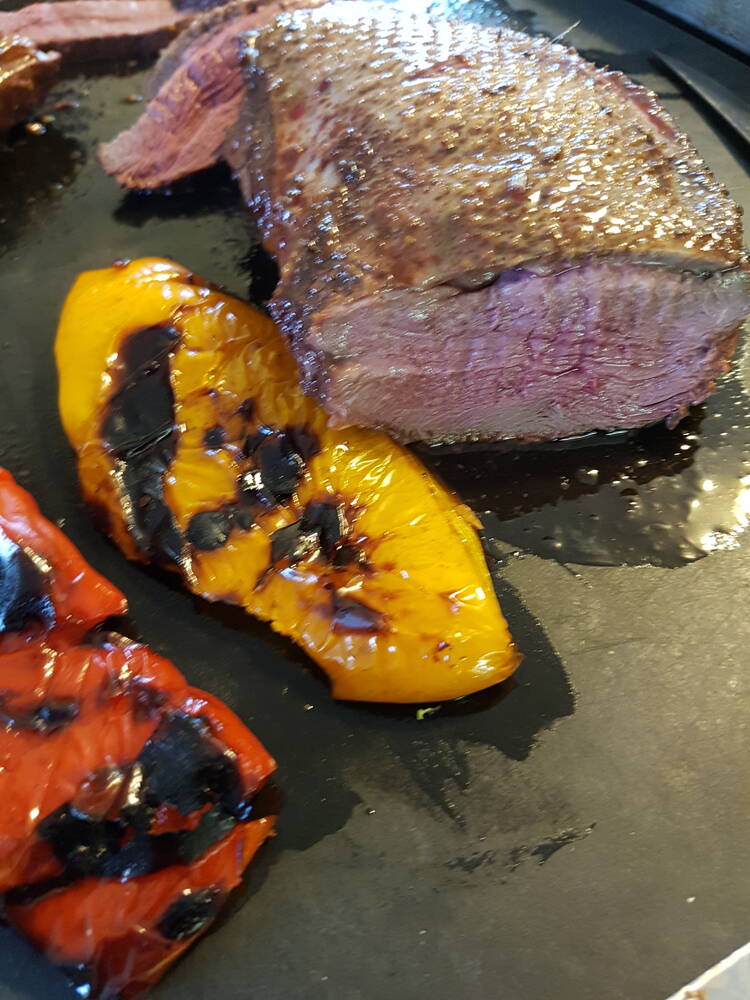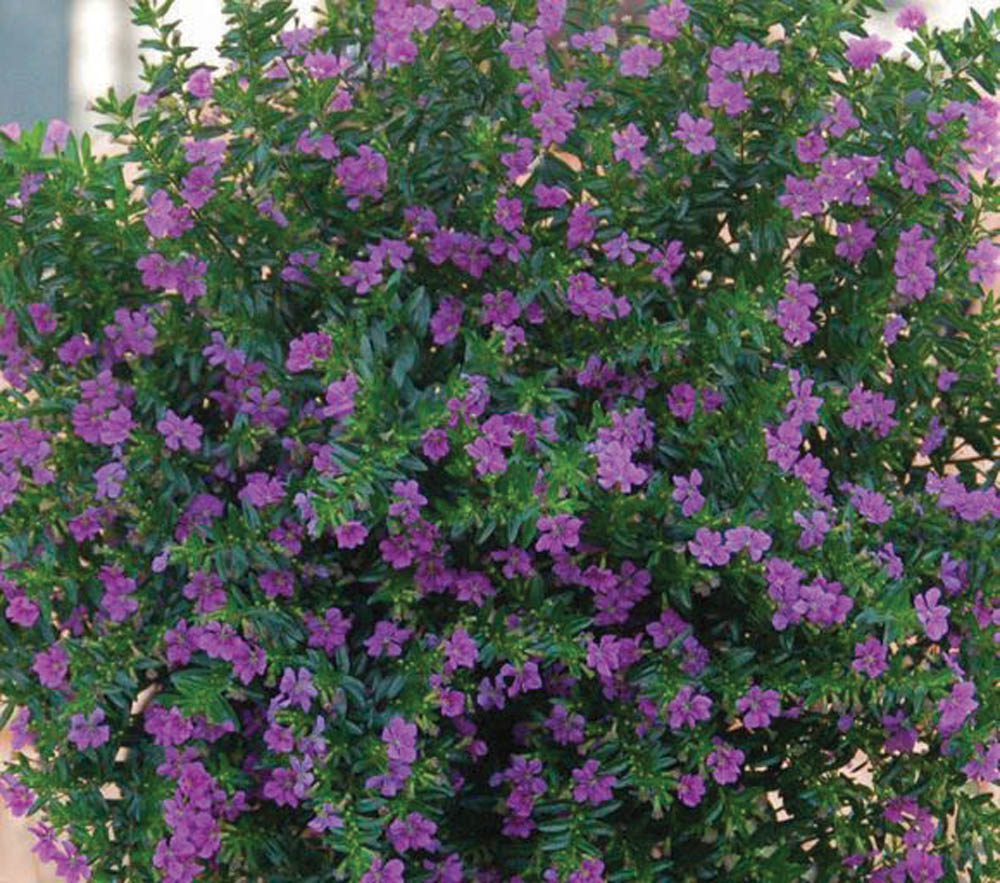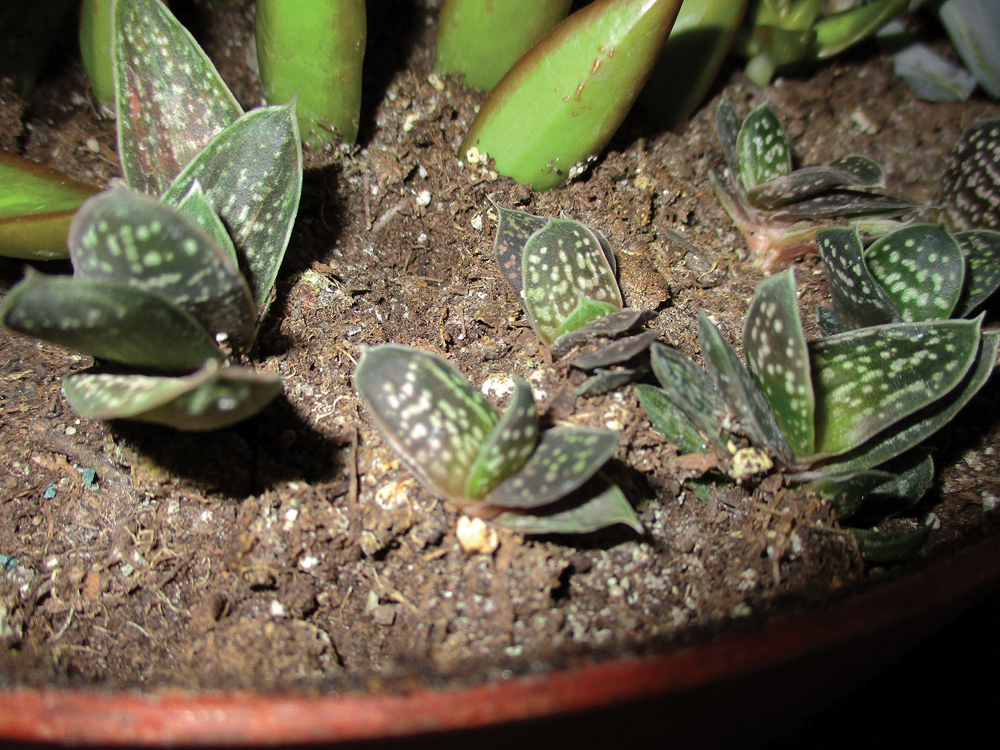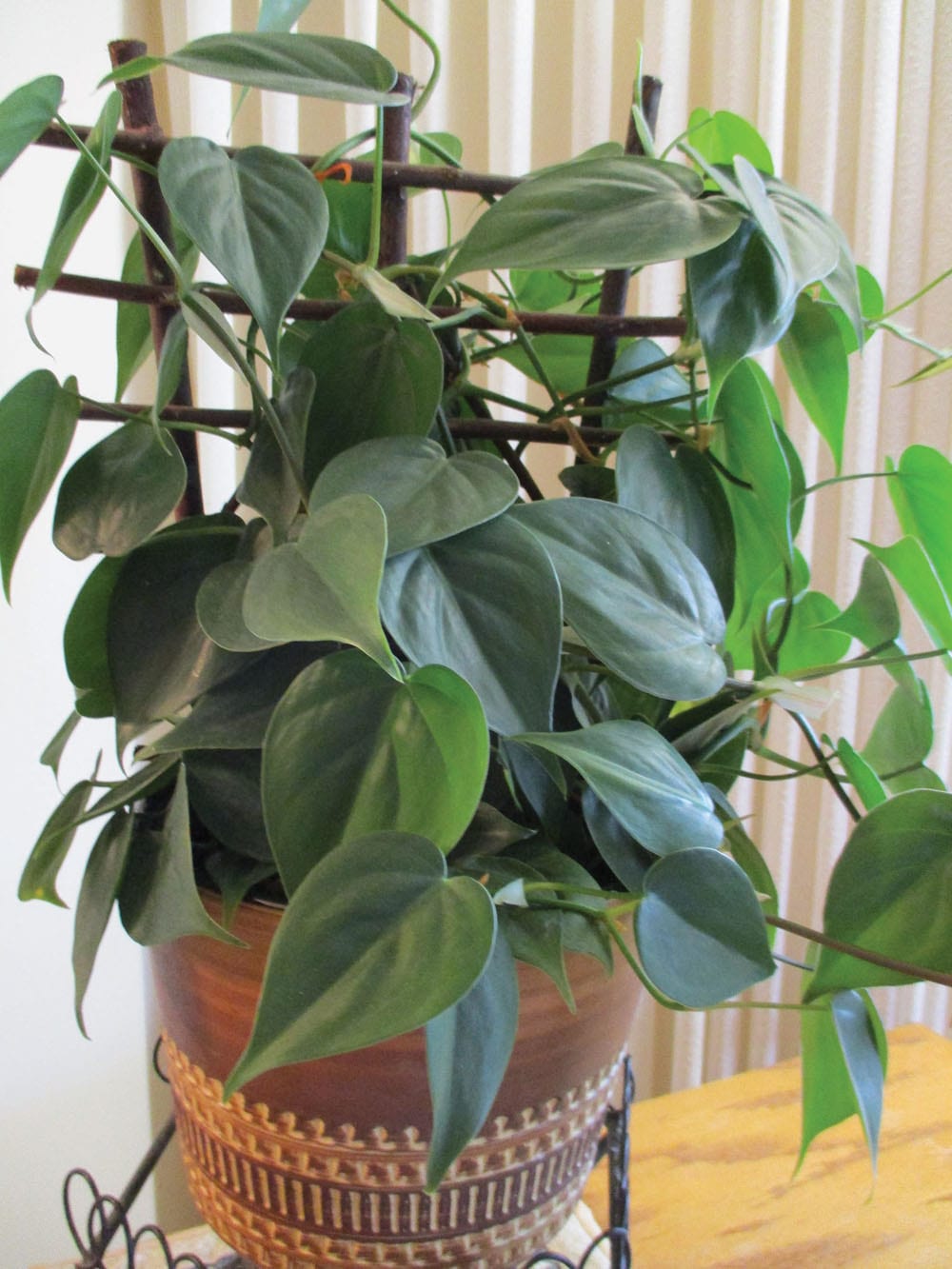Many of the same principles that govern how we landscape our outdoor gardens apply to the indoor landscape. Design elements are universal, whether they apply to an outdoor garden or an interior space. Indeed, many design elements used by interior designers are employed by garden designers
One principle (not really a design element) is that maintenance is crucial. A simple, smaller, well-maintained garden is more attractive than a larger, more ambitious landscape which is not well cared for. This principle applies to houseplants in the interior landscape as well. A few, well-cared-for, well-groomed plants will enhance the appearance of an interior space while a large number of straggly, poorly groomed, poorly displayed plants will actually detract from the appeal of the space.
Read Also

Giant Canada geese have gone wild in Manitoba
Giant Canada geese are seemingly everywhere and can be fine table fare for local hunters, but 70 years ago, they were borderline extinct.
All large potted plants that have large leaves, such as peace lilies, Chinese evergreens, scheffl eras and dieffenbachia should have their leaves cleaned regularly. This is easily done by wiping them with a soft, damp cloth. Smaller plants with small foliage are more easily cleaned by giving them periodic showers to clean their foliage.
How plants are organized and grouped is important in both outdoor gardens and indoor landscapes. Because houseplants are grown in containers, the containers can contribute a lot to a plant display and indoor plants look best when displayed in attractive jardinires. Although there are many lovely – and expensive – styles of these plant containers available for sale in retail establishments and garden centres, discarded kitchen canisters, baskets, interesting ceramic containers not necessarily meant for plants, and many other containers of a suitable size and shape can be used instead. Some of my best jardinires were garage sale finds!
In a single display, using containers of similar material and colour adds unity to the display and makes it more pleasing to the eye. For smaller tabletop displays, if the plants are placed on a suitable tray, this will also enhance the unity of the arrangement.
As in the outdoor garden when planting a container or a flower border, so in the indoor garden, take into account design features such as height, texture, form, scale and balance. Try to have a taller plant at the back of a container or display – or in the centre if it is to be viewed from all sides. Adding plants that have a variety of foliage texture, colour and leaf size makes any display more interesting. For example, you could choose a brightly coloured croton, a trailing heart-leaf philodendron with small, shiny leaves, a variegated schefflera with larger leaves and perhaps a miniature “Janet Craig” dracaena with long, narrow leaves to add even more variety.
Balance and scale are just as important in the interior landscape as they are in the outdoor garden. All the potted plants must be in scale with the size of the space and the objects around them, and the plants must be in proportion with each other so that no one plant is overly dominant or overwhelmed by its neighbours. Using small pedestals will allow for some interesting variations in height. Outdoors we use both plant groupings and single-specimen plants to create focal points and we can do the same in the interior landscape. A large Chinese evergreen can serve as a floor specimen, while several smaller plants can be grouped on a small table or buffet.
Working with plants in an interior space has one big advantage: individually potted plants can be moved easily so the groupings and specimen plants can be changed to create a fresh look or an individual plant can be removed if it begins to flag. Treating your indoor garden as a landscape and using basic elements of design when displaying your houseplants will ensure that you get the maximum satisfaction from your indoor gardening efforts and guarantee that the interior landscape will be as attractive as it can be.
– Albert Parsons writes from
Minnedosa, Manitoba


















